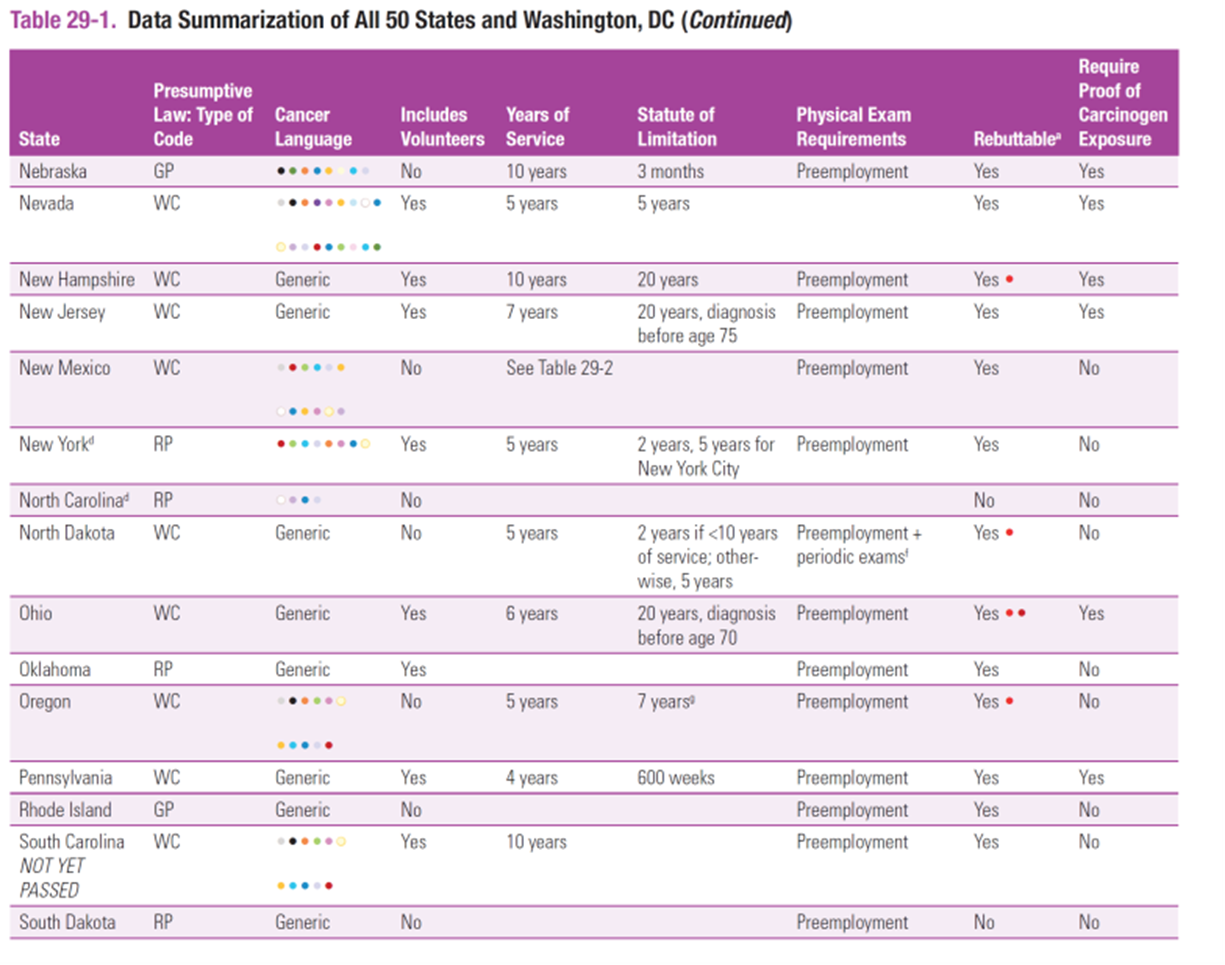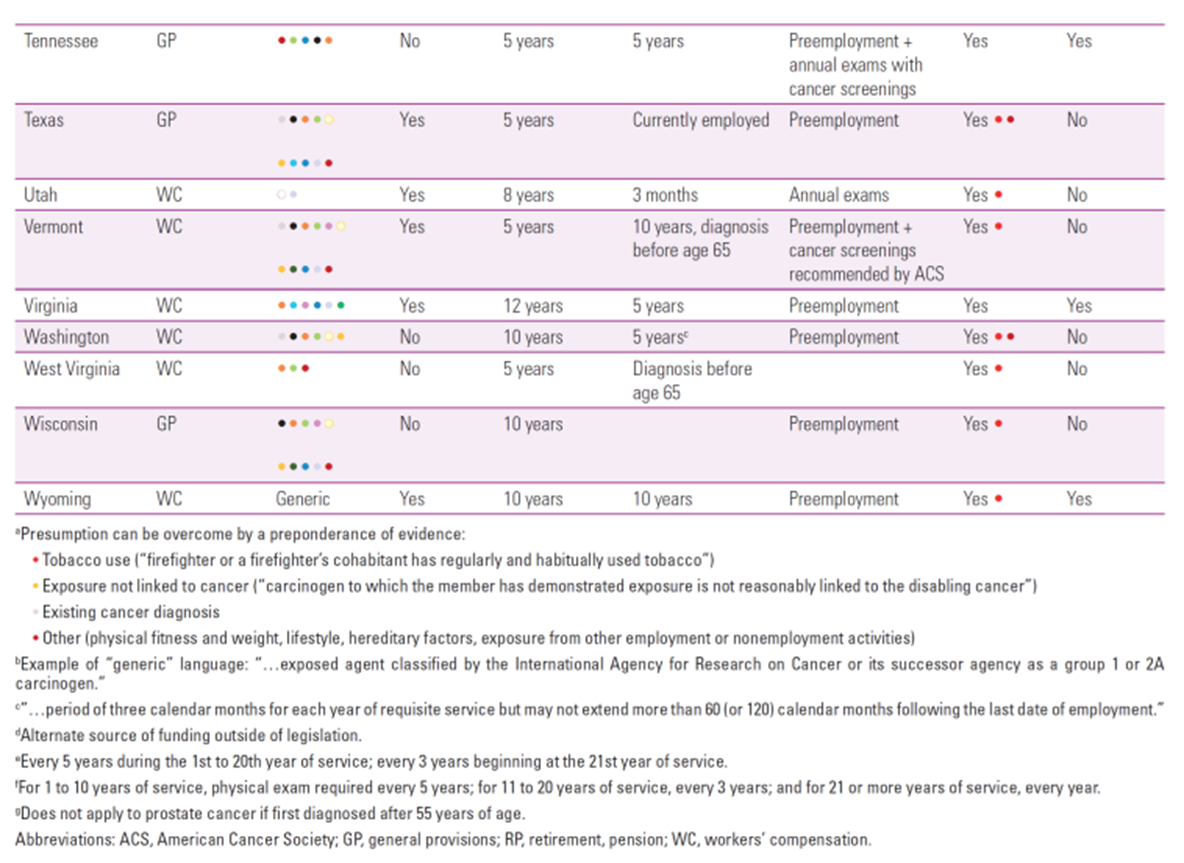- From: BIPLAB MONDAL <biplab.smu@gmail.com>
- Date: Wed, 23 Aug 2023 16:40:15 +0530
- To: w3c-wai-ig@w3.org
- Message-ID: <CAPSHytefc-w8ZKaUd5FmYmdttHJjB+frDbKR2B34eGkAUNjp1Q@mail.gmail.com>
Hello, I am working on a project that involves creating accessible tables for ePub using HTML code. I have some questions that I would like to ask you for your guidance and feedback. 1. In table 24-1, the yellow highlighted text is a table note that I have coded within an <aside> element. Is this the correct way to do it, or is there a better option? Please suggest me how to improve my code for this table note. *Source:* [image: image.png] *HTML Code:* <figure class="noscroll"> <table id="quang1_ch24tb1"> <caption class="table_caption"><span class="tablenum"><span class="txt-capitalize" epub:type="label">Table</span> <span epub:type="ordinal">24-1</span>.</span> Health Care Quality Improvement Organizations</caption> <thead> <tr> <th class="td-bg" scope="col"><p class="noindent">Organization</p></th> <th class="td-bg" scope="col"><p class="noindent">Notes</p></th> </tr> </thead> <tbody> <tr> <th class="td-br" scope="row"><p class="noindent">Centers for Medicare and Medicaid Services (<a href="http://cms.gov">cms.gov</a>) QIO-Like Entity</p></th> <td class="td-br"><p class="noindent">Designated under § 1903(a)(3)(C) of the Social Security Act</p></td> </tr> ….. ….. ….. ….. ….. </tbody> </table> <aside epub:type="footnote" role="doc-footnote"> <p class="tfoot">Abbreviations: HEDIS, Healthcare Effectiveness Data and Information Set; QIO, quality improvement organization.</p> </aside> </figure> 2. In table 24-2, there is only one row and one column, and I have used a <th> element with scope="row" to mark it as a header cell. Is this the correct way to do it, or should I use a different element or attribute? Please advise me on how to make this table more accessible. *Source:* [image: image.png] *HTML Code:* <table id="quang1_ch24tb2"> <caption class="table_caption"><span class="tablenum"><span class="txt-capitalize" epub:type="label">Table</span> <span epub:type="ordinal">24-2</span></span> Elements of Quality Health Care</caption> <tbody> <tr> <th scope="row" class="td-br"> <ol class="order-2"> <li><p><span class="font-bold">Safety:</span> Freedom from accidental injury of patients and health care workers from care intended to help patients.</p></li> <li><p><span class="font-bold">Effectiveness:</span> Care based on scientific evidence. Includes prevention, diagnosis and treatment that produces better outcomes than other alternatives, including the alternative of doing nothing.</p></li> <li><p><span class="font-bold">Patient-Centeredness:</span> Care tailored to meet the physical and psychological needs of the specific patient, including the ability to make informed decisions about their own care.</p></li> <li><p><span class="font-bold">Timeliness:</span> Delivery of care without excessive delay.</p></li> <li><p><span class="font-bold">Efficiency:</span> Reduction of waste and reduction of administrative or production costs.</p></li> <li><p><span class="font-bold">Equity:</span> Equal access to health care and equity in caregiving.</p></li> </ol></th> </tr> </tbody> </table> 3. In table 29-1, the "*cancer language*" column contains multiple color values that indicate different categories of data. How can I control the appearance and accessibility of these color values within the table? Please recommend me some techniques or resources to learn more about this. [image: image.png] [image: image.png] Thank you for your time and assistance. Sincerely, Biplab Mondal
Attachments
- image/png attachment: image.png

- image/png attachment: 02-image.png

- image/png attachment: 03-image.png

- image/png attachment: 04-image.png

Received on Wednesday, 23 August 2023 11:12:27 UTC